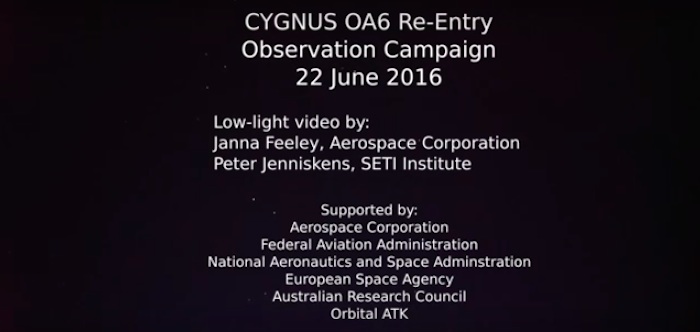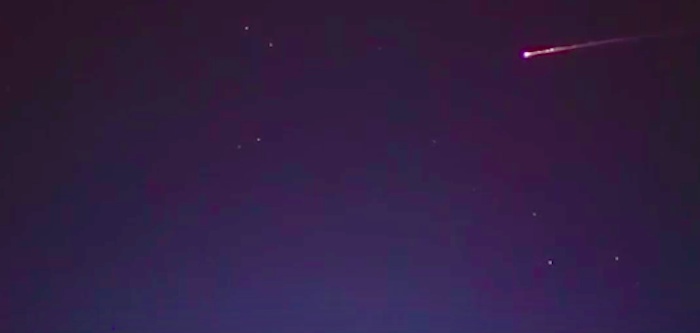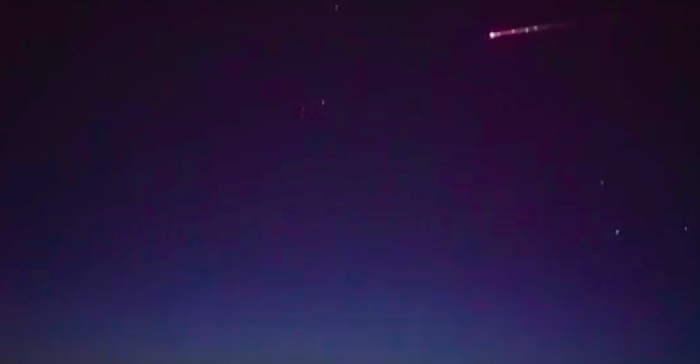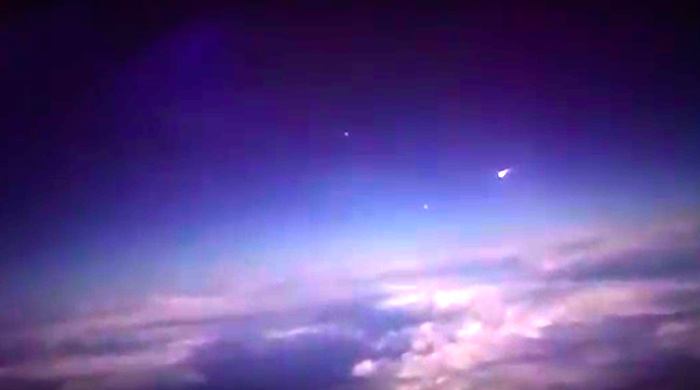.

Sometimes you just want to watch a spacecraft burn. Last week researchers jumped on board a chartered aeroplane to watch the re-entry of an uncrewed Cygnus capsule as it returned from the International Space Station (ISS).
Studying its destruction should teach us more about the way spacecraft break up as they enter the atmosphere, which could prove useful when the ISS is eventually brought down to Earth.
Cygnus is a cargo delivery craft designed to resupply the ISS and then be filled with rubbish for disposal as it burns up on re-entry. This particular spacecraft, Cygnus OA-6, was launched to the ISS in March and left the station on June 14, eventually re-entering on June 22.
Researchers working on a project called the Cygnus Shallow Re-Entry Observation Campaign flew a plane from Sydney, Australia to track the craft during its descent, recording how it brightened and broke up.
They also took spectroscopy measurements to determine the chemistry of the burn, seeing signs of magnesium, sodium and lithium atoms. An instrument on board the Cygnus was also meant to transmit data from inside the burning spacecraft, but unfortunately failed.
The observations weren’t the only fiery experience for this Cygnus. NASA had also placed an experiment called Saffire-I on board to test what happens when the insides of a spacecraft accidentally catch fire.
The fuse was lit on June 16 during the craft’s descent, and provided valuable data on how fire spreads in microgravity – watch below to see it burn
Studying spacecraft destruction could prove useful in the next decade, when the ISS is expected to reach the end of its life. The station can’t sustain itself in orbit without regular boosts from docked spacecraft, so once abandoned it will gradually fall back to Earth.
Given that it is larger than a football field, NASA and the other ISS partners will want to bring it down safely, without risking harm to anyone on the ground, so watching disposable spacecraft like Cygnus re-enter is a way to get in some much-needed practice.
.






Quelle: NewScientist
4699 Views
